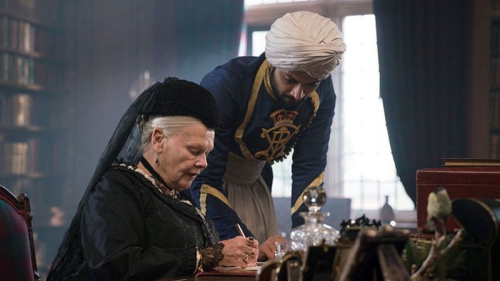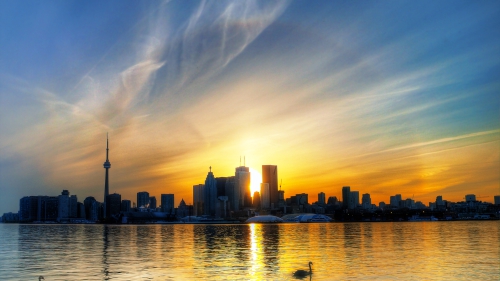Muslims can learn much from East Indians in North America
"Hindu go home." That's what greeted East Indians when they first came to Canada. Never mind that most of the early immigrants were Sikhs. Bigots are not always the most enlightened. Notwithstanding the racism and discrimination, by 1910 there were more than 7,000 East Indians in the Western province of British Columbia (B.C.). These men toiled on the farms, in the lumber mills and the railways and helped build Canada. And it was only men, as women were not allowed into the country because they would encourage the men to settle down. They were welcome so long as they worked hard and went back when their jobs were done.
Although most immigrants -- including East Indians -- now come to the province of Ontario, British Columbia was the destination of choice for Indians in the early 1900s. It was also the setting for the defining moment in Indo-Canadian history in 1914 when 376 tired, sick, hungry and desperate Punjabis aboard the Komagata Maru arrived in Vancouver only to be turned back to sea without an ounce of compassion. So it is only fitting that the first Indo-Canadian premier is elected in this beautiful province on the Pacific coast. The historic February 20th vote by the B. C. New Democratic Party (NDP) put the 52-year-old lawyer turned politician, Ujjal Dosanjh, in the premier's chair.
The distinction of being the first Asian immigrant premier goes to former premier Joe Ghiz of Prince Edward Island, whose parents hailed from Lebanon.
Dosanjh's victory was all the more exhilarating, as the other three candidates joined together on the morning of the vote in what many saw as an "anybody but Dosanjh" union. To the relief of most of Canada's 400,000 Indo-Canadians the soft-spoken Dosanjh pulled through in the first ballot with a 769 to 549 victory. For a brief moment at least, it did not matter whether you were Sikh, Hindu or Muslim -- all Indians were at their proudest.
Born in Dosanjh Kallan in Punjab, he left for England at the age of 17. He arrived in Canada in 1968. Dosanjh's rise to the top is clearly an immigrant success story. The time of his arrival was not the most welcoming but the opportunity to get ahead was available to those who struggled. He worked in a lumber mill as he completed his studies and eventually put himself through law school. He was called to the British Columbia Bar in 1977 and started to practice. But practicing law was not his final goal. "I grew up in a political family," he said. "Politics was always around me." His maternal grandfather had fought for India's independence and his father was at one time an active member of the Congress Party.
Upon his arrival in Canada, he had joined the International Woodworkers of America union and soon after joined the left leaning NDP. His membership in the union and his activism as a labor advocate attracted him to the NDP. Interestingly, the left wing Co-operative Commonwealth Federation, a precursor to the NDP, was the party that had fought to get Asians the right to vote -- a right they only got in 1947, a right now taken very seriously by most of the Hindus and Sikhs in the community, a right if not exercised by many of them, would have surely meant the defeat of Dosanjh.
All political observers are now noticing the power of the Indo-Canadian community. Some are calling it "the most politically active ethnic group in the country." And active they are. They are credited with putting Jean Chretien in the Prime Minister's chair. Indeed, according to the National Post, one of the "king makers" in Canada is a Sikh in British Columbia. Without his support, Prime Minister Chretien would not be were he is today. Interestingly, Chretien named as his Revenue Minister Herb Dhaliwal, a Sikh who openly opposed recent efforts to clamp down on ethnic charities suspected of supporting terrorism. As the Minister responsible for charities, he publicly clashed with the Solicitor General and stated that he has not seen any evidence to take such a hard-line position.
Since the community's success at the Liberal leadership convention the community has not looked back. The strategic involvement has paid off in the form of about a dozen provincial and federal legislators, including cabinet ministers. In fact, during the B.C. NDP leadership race last month more than 10,000 Sikhs were signed up by all parties. The numbers proved crucial for Dosanjh's victory.
The participation has brought about much change in both countries and will continue to do so. If such a small community can wield so much influence, what potential do the Muslim communities in the U.S. (between 6 and 8 million) and Canada (600,000 thousand) hold?
















